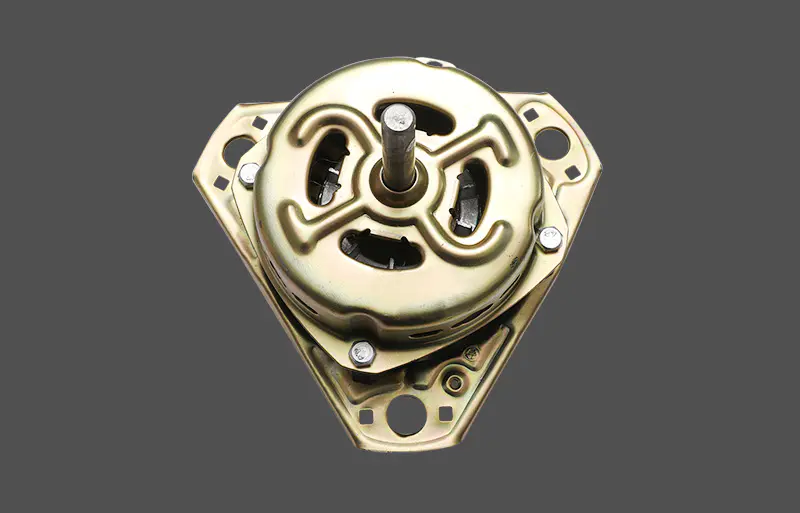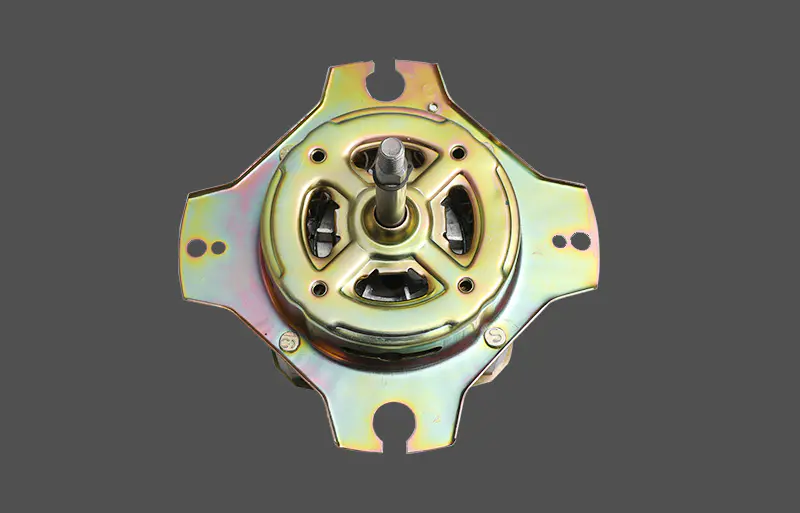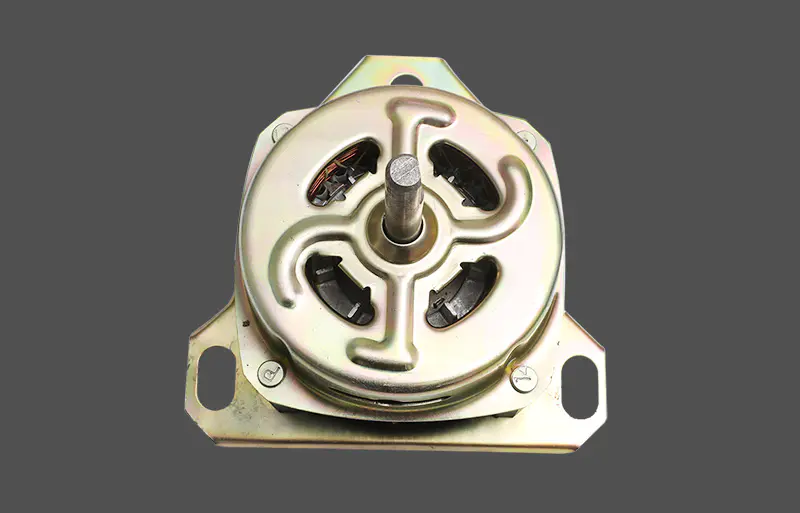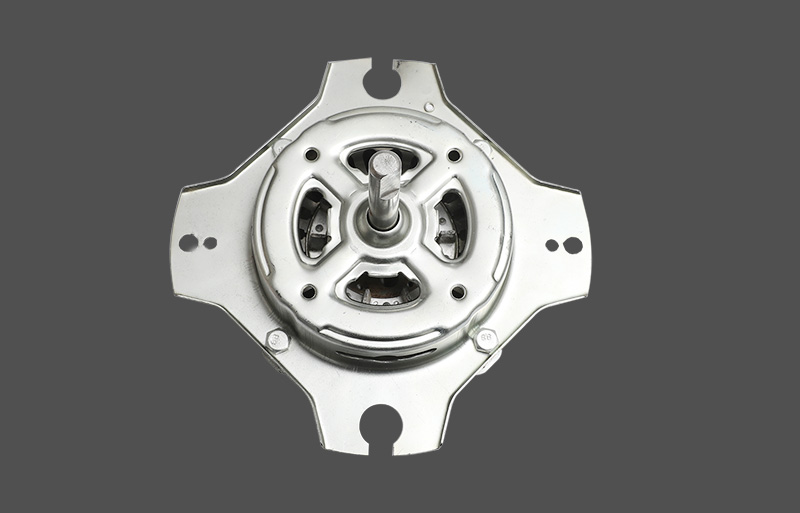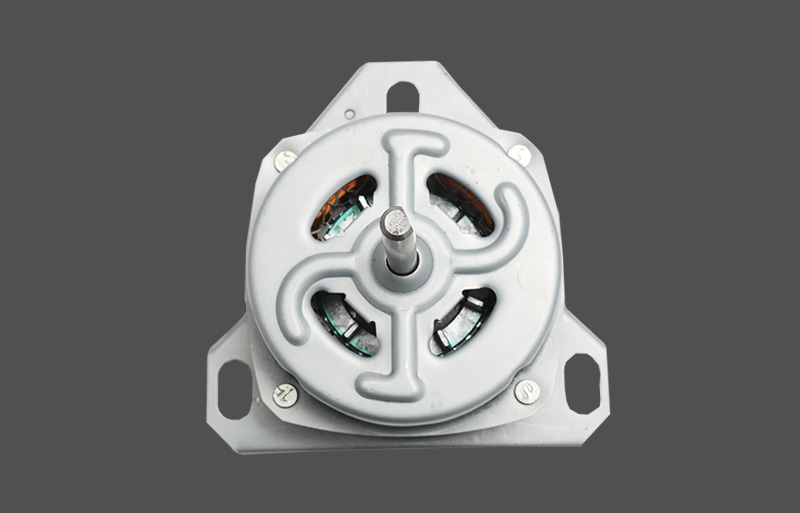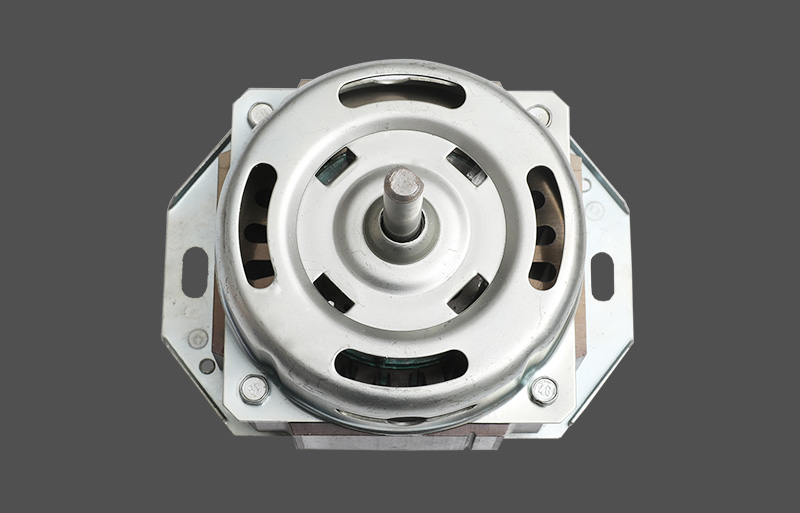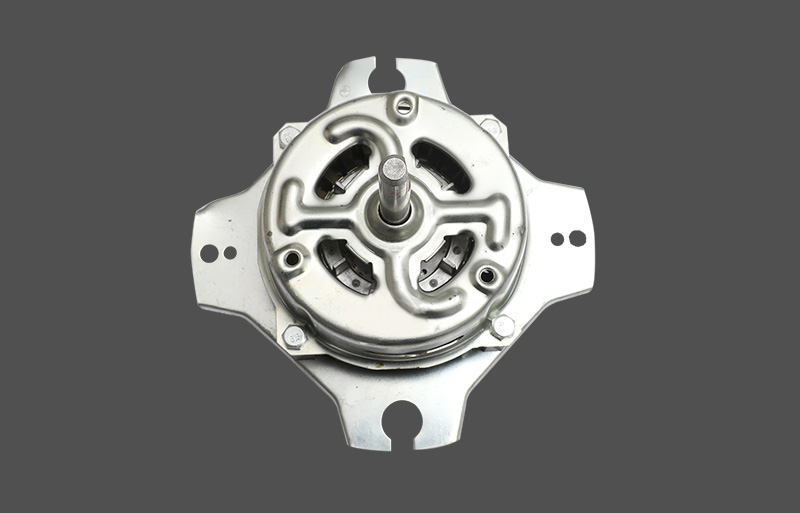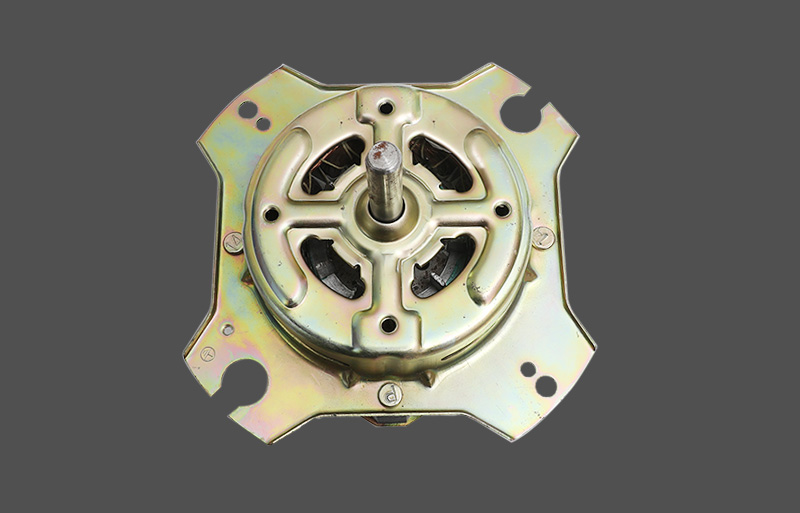Hydraulic motor: It is customary to refer to an energy conversion device that outputs bai and rotates, and converts the hydraulic energy provided by the hydraulic pump into mechanical energy.
High-speed motor: Gear motor has the advantages of small size, light weight, simple structure, good manufacturability, insensitive to oil pollution, impact resistance and low inertia. Disadvantages include large torque pulsation, low efficiency, small starting torque (only 60%-70% of rated torque) and poor low-speed stability.washing machine motor as generator
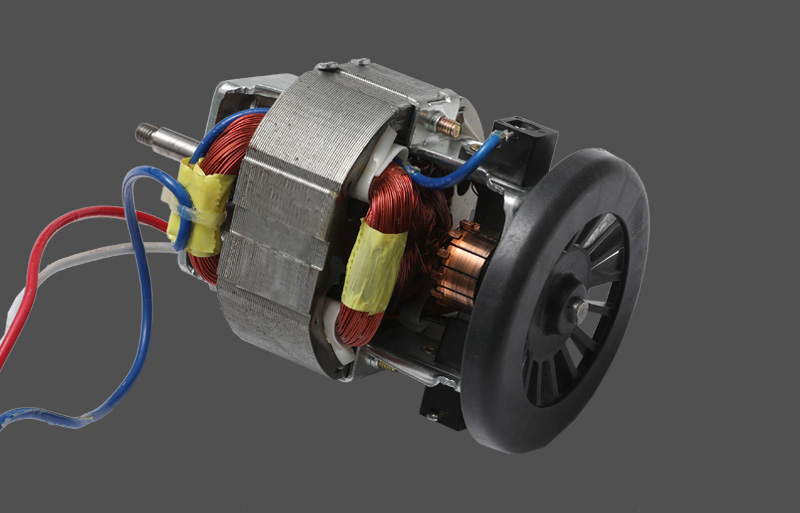
Blade motor; is a hydraulic motor in which the blades in the rotor slot are in contact with the housing (stator ring), and the rotor rotates under the action of the inflowing liquid. Compared with other types of motors, the vane motor has the advantages of compact structure, smaller outline size, low noise, long life, etc. Its inertia is smaller than that of plunger motors, but its anti-pollution ability is worse than that of gear motors, and the speed cannot be too high. Work below 200r/min. Due to the large leakage of the vane motor, it is unstable when the load changes or low speed.
Radial piston motor.
Axial piston motor.
Bent-axis plunger motor.
Swash plate type plunger motor.
Low-speed hydraulic motor; radial plunger motor Link-type hydraulic motor is simple in structure, reliable in work, many varieties and specifications, and low in price. The disadvantage is that the volume and weight are large, and the torque pulsation is large.
Non-link hydraulic motor.
Swing cylinder hydraulic motor.
Roller hydraulic motor.
Axial piston motor.
Double swash plate type plunger motor.
Axial ball plug motor.
Cycloidal motor: It is a small, low-speed, high-torque hydraulic motor with internal meshing cycloid gear. Its simple structure, good low-speed performance, and strong short-term overload capability. The cycloid motor has a stator and a movable vane. The stator, vane and drive shaft divide the motor into two cavities. Each cavity has an oil port. When one oil port enters oil, the other outputs oil, and the oil enters the vane. swing.
Piston air motor: It is composed of connecting rod, crankshaft, piston, cylinder, body, air valve, etc. The compressed air passes through the valve to supply air to the cylinders in order to expand and do work, and the crankshaft is rotated through the connecting rod. Its work mainly comes from gas expansion work.




